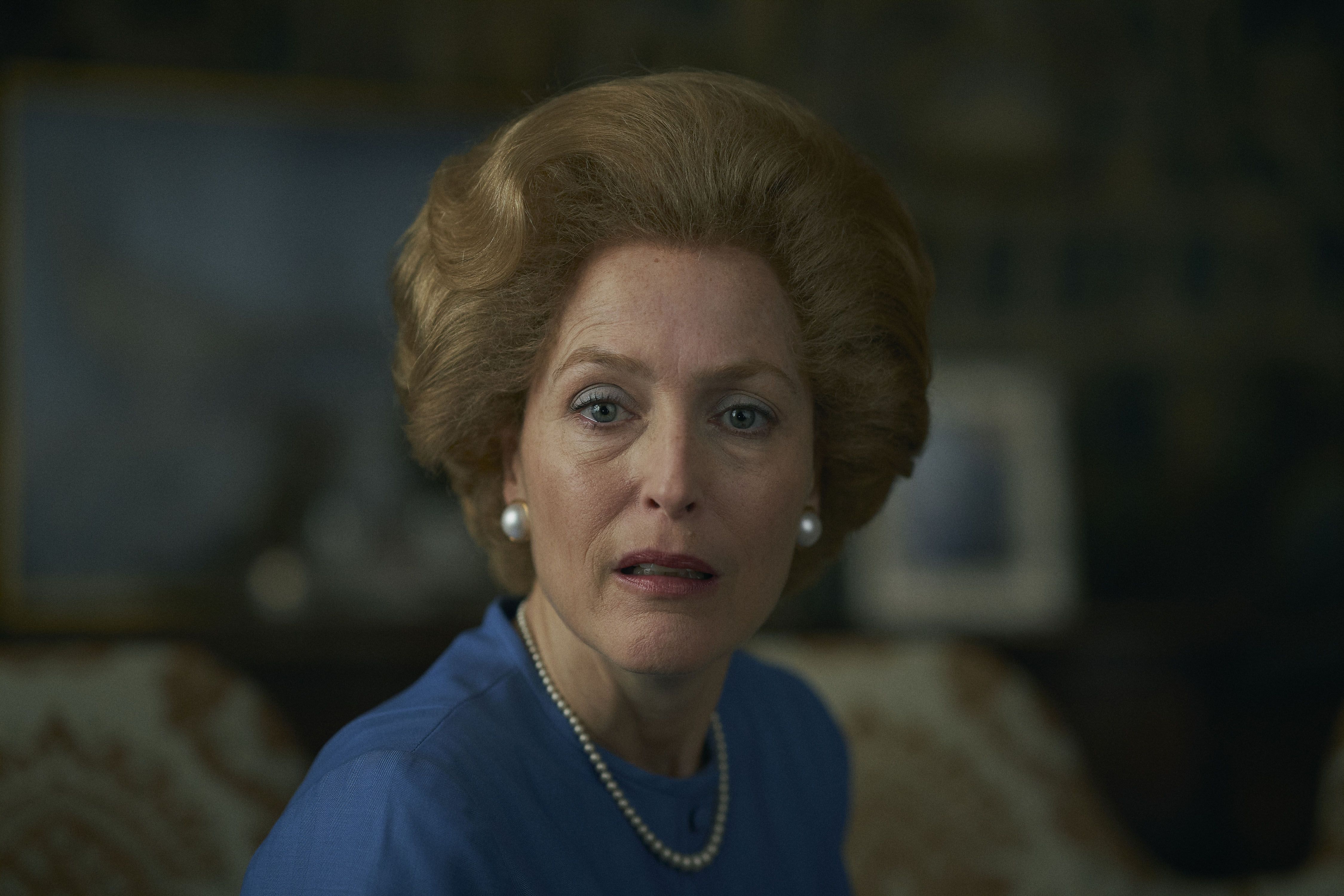

It’s unclear if she will ever tour again.Īfter Adele’s 2011 surgery, Zeitels became something of a celebrity. When Adele pulled out of her remaining two Wembley shows this summer, nearly 200,000 tickets had to be refunded. Cancelled shows reverberate across social media and hit a struggling music industry hard. But several surgeons told me they estimate that vocal cord surgery has been performed on thousands of pop, rock and classical singers, as well as on theatre and stage musical stars. There is no precise data on the number of performers who have gone under the knife over the years. In a mark of how attitudes to surgery have changed, both Smith and Bublé broke the news of their surgeries to their fans via Instagram.

Michael Bublé, Keith Urban, Meghan Trainor and Celine Dion have also had to quit touring to get their cords surgically repaired. In addition to his work on Adele, Zeitels, who directs the Massachusetts General Hospital Center for Laryngeal Surgery and Voice Rehabilitation, has repaired the cords of more than 700 performing artists, including Sam Smith, Lionel Richie, Bono and Cher. They have no shortage of patients: there is an epidemic of serious vocal cord injuries in the performing arts. In the years since, Zeitels’ business has boomed, along with those of many of his peers. Now, Adele had suddenly swept away the stigma. In the world of showbusiness, it was safer to be seen as a singer with a healthy young voice than as a one-time great with surgically repaired cords. (In 1997, an unsuccessful surgical procedure left Julie Andrews’ already damaged voice beyond repair.) More than the physical risk, though, singers feared the damage to their careers that could follow if word got out. For years, vocal cord microsurgery had been considered risky. To most observers, it was a cheering comeback story, but for a handful of medical specialists it was a watershed moment.

In her acceptance speech for best pop solo performance, she thanked Zeitels for restoring her voice. On 12 February 2012, three months after her surgery, Adele swept up six awards at the Grammys, including album of the year and song of the year. If he pierced that, he told me, there would be no way to preserve the power and suppleness of her voice. Dig too deep, Zeitels knew, and he would risk damaging the superficial lamina propria, the soft, pliable underlayer of Adele’s vocal cords.

You can’t let the instruments touch any healthy tissue. The margin for error in such surgeries is measured in fractions of a millimetre. With a second set of forceps he pulled out the gooey, infected mass, and zapped the remaining haemorrhaged surface with a laser to stop the bleeding and prevent scarring. Zeitels carefully snipped the layer with a scalpel, and then, with forceps, pulled back the tissue like a flap, exposing the polyp below. In this operation, the surgeon wields miniature scalpels and forceps attached to foot-long poles that are guided down the throat to excise whatever damaged tissue is robbing the vocal cords of their elasticity, and depriving the voice of its natural timbre, range and clarity.Īdele’s surgeon, Dr Steven Zeitels, was after a nasty polyp that had formed under her epithelium, the thin outer layer of the vocal cord. In order to repair the injury, she underwent an incredibly delicate, high-risk medical intervention: vocal cord microsurgery. Six years earlier, she had suffered a haemorrhage to her vocal cords after singing live on a French radio program. Though only 29, Adele had been here before.


 0 kommentar(er)
0 kommentar(er)
